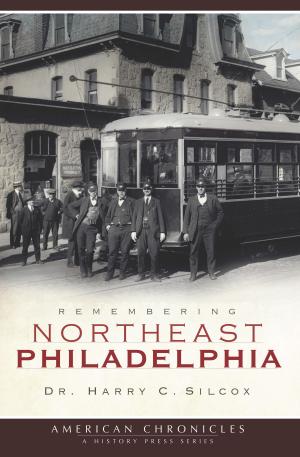| Author: | Donna Gayle Akers | ISBN: | 9781439659380 |
| Publisher: | Arcadia Publishing Inc. | Publication: | January 30, 2017 |
| Imprint: | Arcadia Publishing | Language: | English |
| Author: | Donna Gayle Akers |
| ISBN: | 9781439659380 |
| Publisher: | Arcadia Publishing Inc. |
| Publication: | January 30, 2017 |
| Imprint: | Arcadia Publishing |
| Language: | English |
According to legend, in about 1760, Daniel Boone first named this hinterlands settlement "Wolf Hills." Incorporated in 1778, the town of Abingdon became the leading trade, business, and legal center for Southwest Virginia from the late 1700s to mid-1800s. With a key location along the Great Wagon Road, the community blossomed during the 19th and 20th centuries due to trade, railroad commerce, banking, industry, and its natural resources, such as timber and salt from nearby Saltville. However, from the 1960s to 1980s, downtown lost several historic landmarks to fire and demolition. Businesses began to move to outlying shopping centers, and small, locally owned businesses were replaced by national chain stores. Railroad traffic decreased and no longer moved goods and passengers. Previously the locus for commerce, transportation, and entertainment, the historic downtown area transitioned to an arts and tourist destination and to a unique crossroads service area with government centers, restaurants, speciality stores, offices, banks, and hotels.
According to legend, in about 1760, Daniel Boone first named this hinterlands settlement "Wolf Hills." Incorporated in 1778, the town of Abingdon became the leading trade, business, and legal center for Southwest Virginia from the late 1700s to mid-1800s. With a key location along the Great Wagon Road, the community blossomed during the 19th and 20th centuries due to trade, railroad commerce, banking, industry, and its natural resources, such as timber and salt from nearby Saltville. However, from the 1960s to 1980s, downtown lost several historic landmarks to fire and demolition. Businesses began to move to outlying shopping centers, and small, locally owned businesses were replaced by national chain stores. Railroad traffic decreased and no longer moved goods and passengers. Previously the locus for commerce, transportation, and entertainment, the historic downtown area transitioned to an arts and tourist destination and to a unique crossroads service area with government centers, restaurants, speciality stores, offices, banks, and hotels.















